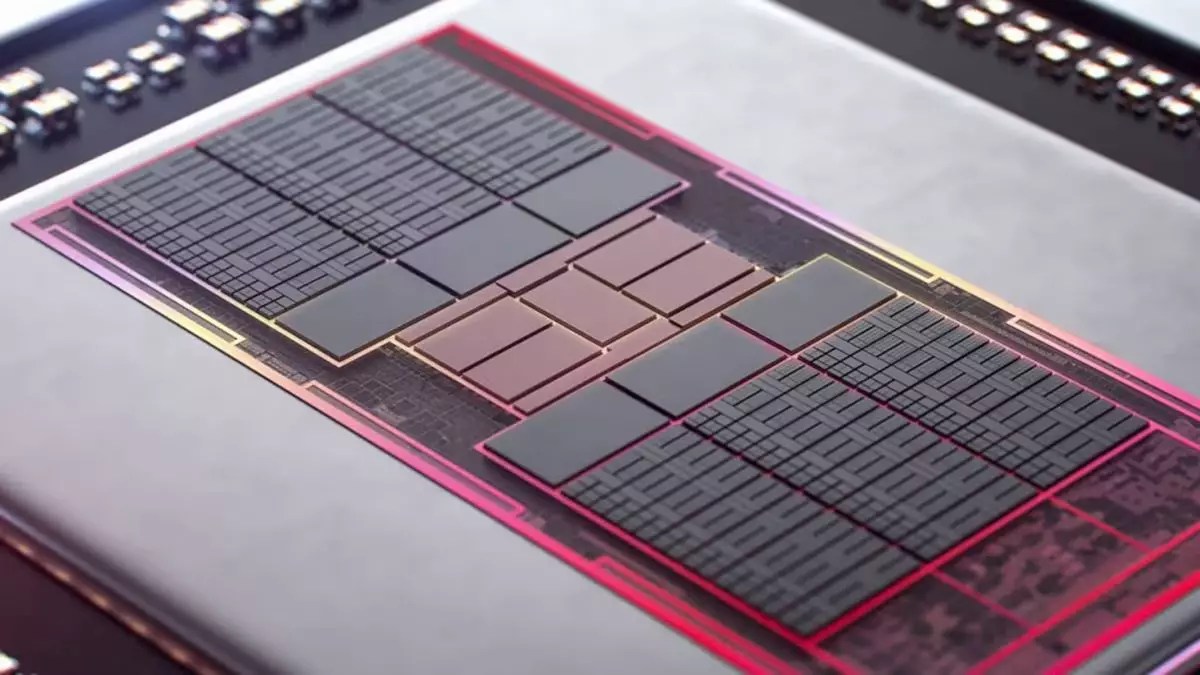AMD’s software engineers have been working diligently to update its Linux GPU kernel driver, shader compiler, and other code sources in preparation for its next generation of graphics architecture. Recently, they extended this effort to the RadeonSI OpenGL driver, incorporating nearly 24,000 lines of code for GFX12, also known as RDNA 4, into the Mesa open-source graphics library. This enhancement signals that AMD is gearing up for the imminent release of its next-generation GPUs.
Despite the performance capabilities of its RDNA 3 chips, AMD has faced challenges in outperforming its own RDNA 2 cards in terms of market share. While the RX 7000-series GPUs introduced chiplets to the consumer market, AMD has struggled to match the success of its previous generation. Several factors, including inventory shortages and pricing adjustments, have influenced AMD’s position in the discrete GPU market.
To enhance sales and compete with Nvidia’s Ada Lovelace-powered RTX 40-series, AMD needs to focus on areas where RDNA 3 falls short. Specifically, improvements in ray tracing, leveraging machine learning for performance optimization, and enhancing power efficiency are crucial for the success of RDNA 4. Rumors suggest that AMD’s upcoming GPU architecture will introduce innovative approaches to ray tracing, addressing the current limitations in its ray-triangle intersection calculations and BVH traversals.
While AMD’s GPUs offer competitive performance, concerns remain regarding power consumption. The utilization of multiple chiplets and the complex Infinity Link system has led to higher peak power demands and increased idle consumption. Fine-tuning these implementations is essential to improve power efficiency and address the power consumption disparities between AMD and Nvidia GPUs.
Speculations indicate that AMD may prioritize the mid-range and mainstream markets with the release of RDNA 4, potentially bypassing the high-end segment at launch. This shift in focus suggests that AMD may opt for a monolithic design or incorporate fewer chiplets in its next-generation GPUs. Despite these changes, AMD’s strong driver support ensures seamless integration for both Linux and DirectX platforms, promising a smooth user experience upon the release of RDNA 4.
With the recent code merges and driver updates for RDNA 4, it appears that AMD is nearing the official launch of its next-generation GPUs. The industry is eager to witness the advancements and improvements that RDNA 4 will bring to the market. As enthusiasts and consumers eagerly await the unveiling of AMD’s latest graphics architecture, the anticipation for RDNA 4 continues to grow.
AMD’s commitment to innovation and improvement is evident in its continuous development efforts for RDNA 4. By addressing key areas such as ray tracing, machine learning optimization, and power efficiency, AMD aims to deliver a competitive and compelling product lineup with its next-generation GPUs. As the launch of RDNA 4 draws closer, the industry awaits with anticipation to see how AMD’s latest graphics architecture will shape the future of gaming and computing.


Leave a Reply